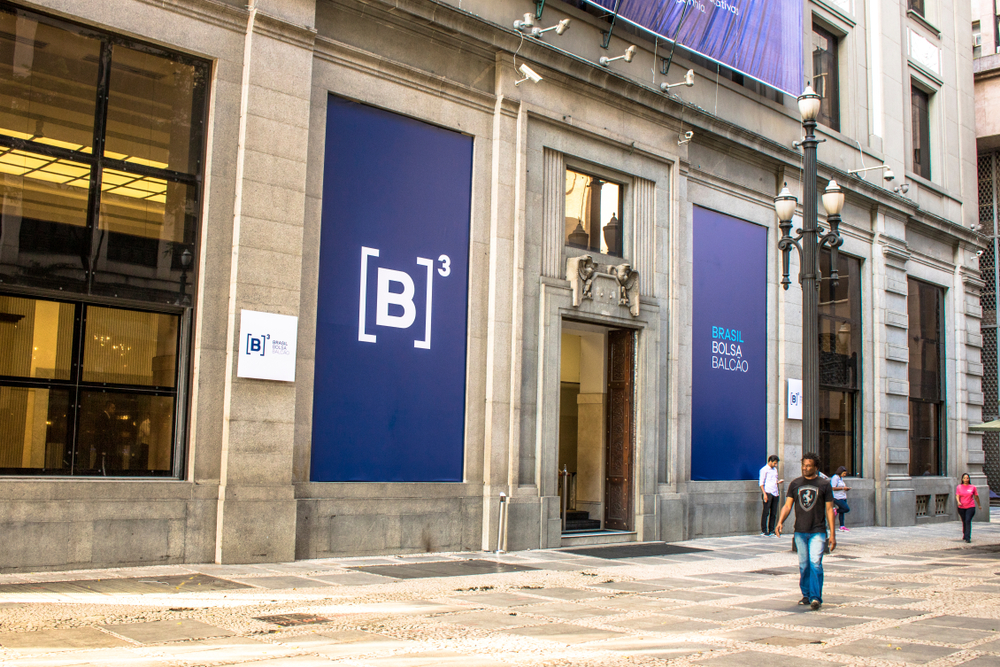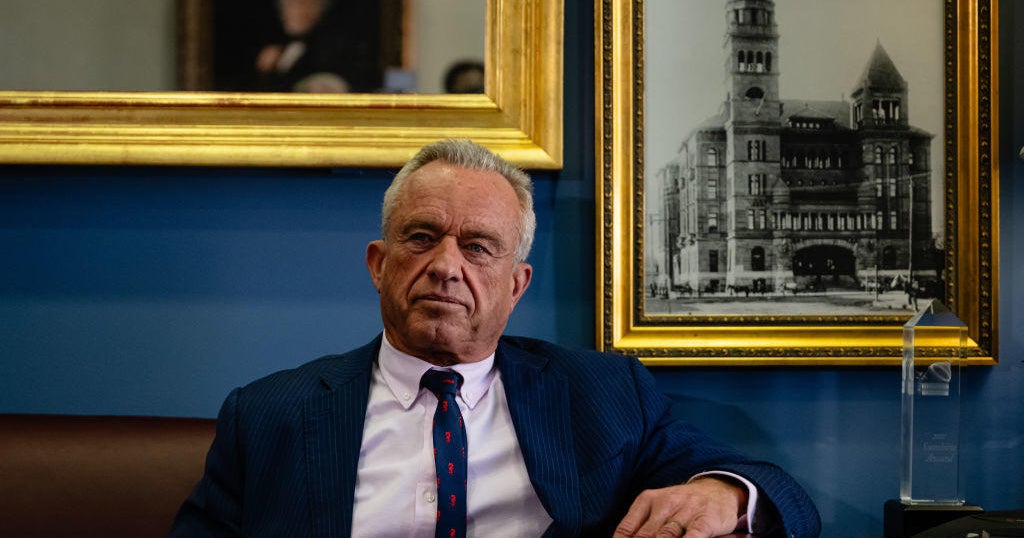The Fundação Instituto de Pesquisas Econômicas (Fipe) released its latest consumer price index for São Paulo. The index rose by 0.29% in the third week of January.
This marks a slight slowdown from the 0.32% increase seen in the second week of the month. The data reveals a complex economic landscape in Brazil‘s largest city.
Housing costs dropped by 0.82%, providing some relief for residents. Food prices, while still rising, showed a smaller increase of 0.97%. These changes suggest a dynamic market responding to various pressures.
Transportation costs accelerated, jumping from 0.18% to 0.54%. This uptick may reflect fluctuations in fuel prices or changes in public transit fares. Health-related expenses also saw a faster rise, moving from 0.72% to 0.88%.
These increases could impact household budgets significantly. Education costs surged by 3.01%, up from 1.51% in the previous reading. This sharp rise hints at the start of a new school year and its financial implications for families.
Personal expenses and clothing saw more modest increases, at 0.35% and 0.41% respectively. The overall trend shows a nuanced economic picture. Some sectors are experiencing price pressures, while others offer slight reprieve.
This mixed bag of price movements reflects the complex nature of urban economies. It also underscores the challenges of managing inflation in a diverse metropolitan area.
For São Paulo’s residents, these figures translate into real-world budget considerations. The slight overall deceleration may offer a glimmer of hope for consumers. However, the varying sectoral trends demand careful financial planning and adaptability.
As the city navigates these economic currents, policymakers and businesses alike will be watching closely. The coming weeks will reveal whether this slight easing in inflation becomes a trend or remains a temporary blip in São Paulo’s economic journey.

 By The Rio Times | Created at 2025-01-27 13:29:22 | Updated at 2025-01-31 23:59:54
4 days ago
By The Rio Times | Created at 2025-01-27 13:29:22 | Updated at 2025-01-31 23:59:54
4 days ago








